Imagine if content marketing were a sandwich – would yours be a plain, forgettable cheese sandwich or a gourmet delight packed with flavors? Content marketing is constantly changing, so blandness is not an option. This is where trends come into play, offering the ‘special sauce’ to make your content stand out. Speaking of trends, Plerdy, an expert in enhancing website user experience, knows something about keeping content spicy and engaging. In this article, we’ll unwrap the top trends shaping the content marketing landscape, ensuring your strategy stays as fresh and appealing as a well-crafted sandwich.

AI and Automation in Content Marketing
Welcome to the future of content marketing, where AI and automation are not just buzzwords but key players in the game. Imagine a world where content creation is as easy as pressing a button. AI and automation in content marketing have made that world possible. These technologies are revolutionizing the way we create, distribute, and optimize content, making it more efficient and impactful than ever before.
AI Content Creation
AI has transformed the content creation process. Tools like OpenAI’s GPT-3 can generate articles, social media posts, and even poetry. This technology helps you create high-quality, audience-friendly content quickly. AI tools analyze data to understand user preferences, enabling them to generate content that is more likely to engage and convert. For example, AI can create personalized email campaigns with higher open rates and conversions, as highlighted in a study by Salesforce.
Automation in Strategy
Automation in content marketing goes beyond content creation. It encompasses content distribution, analytics, and customer journey mapping. Automated tools can schedule posts at optimal times, track engagement metrics, and provide insights for future strategy adjustments. Automation maximizes content impact by reaching the right audience at the right time. For instance, platforms like HubSpot offer automation features that help marketers streamline their content strategy efficiently.
AI and automation are essential in today’s fast-paced digital world. By embracing these technologies, marketers can create more relevant, personalized, and efficient content strategies. Remember, staying ahead means staying relevant in content marketing, and AI and automation are your best allies in this journey.
The Rise of Conversational Marketing
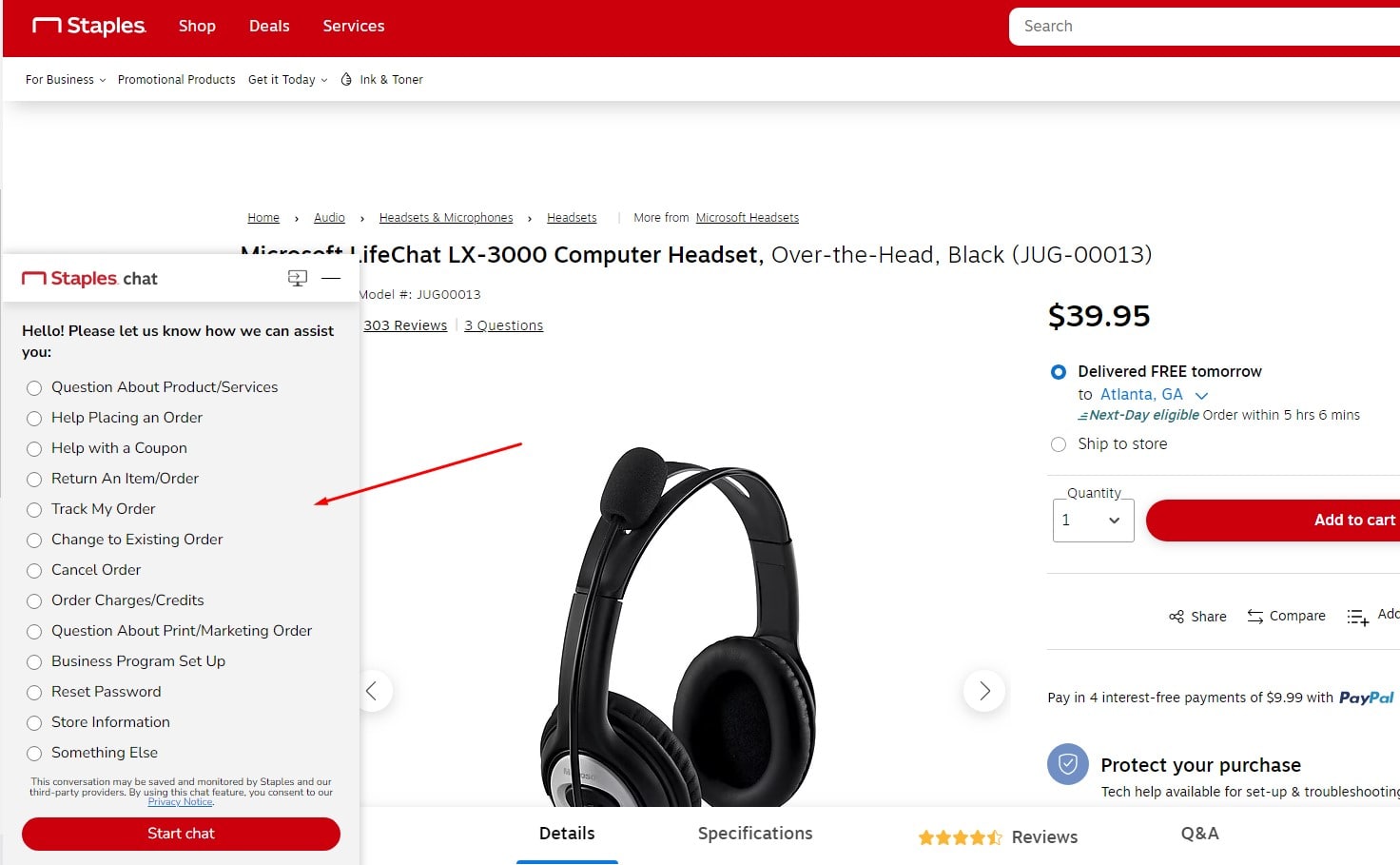
Have you ever had a conversation with a brand that felt as natural as chatting with a friend? That’s the essence of conversational marketing – a strategy that’s rapidly gaining traction. This approach leverages real-time, one-to-one connections between marketers and customers, offering a more personalized and interactive customer experience.
Chatbots in Action
Chatbots lead conversational marketing. They provide instant responses to customer inquiries, making interactions swift and satisfying. For instance, a chatbot on a retail site can suggest products based on customer preferences or past purchases, akin to a virtual shopping assistant. Drift found that chatbots boost user engagement and sales conversions.
Benefits for Marketing
Conversational marketing isn’t just about customer service; it’s a strategy that builds relationships. By engaging customers in dialogue, brands gather valuable insights into customer needs and preferences. This information can tailor marketing strategies, making them more effective. A study by Salesforce shows that personalized customer experiences, driven by conversational marketing, can significantly increase customer loyalty and sales.
Conversational marketing is more than a trend; it’s a paradigm shift in how we think about customer interactions. It’s about meeting customers where they are and conversing in a natural and engaging way. In a digital world where personal connection is often lost, conversational marketing is the bridge that connects customers to brands meaningfully.
Increasing Demand for Podcasts
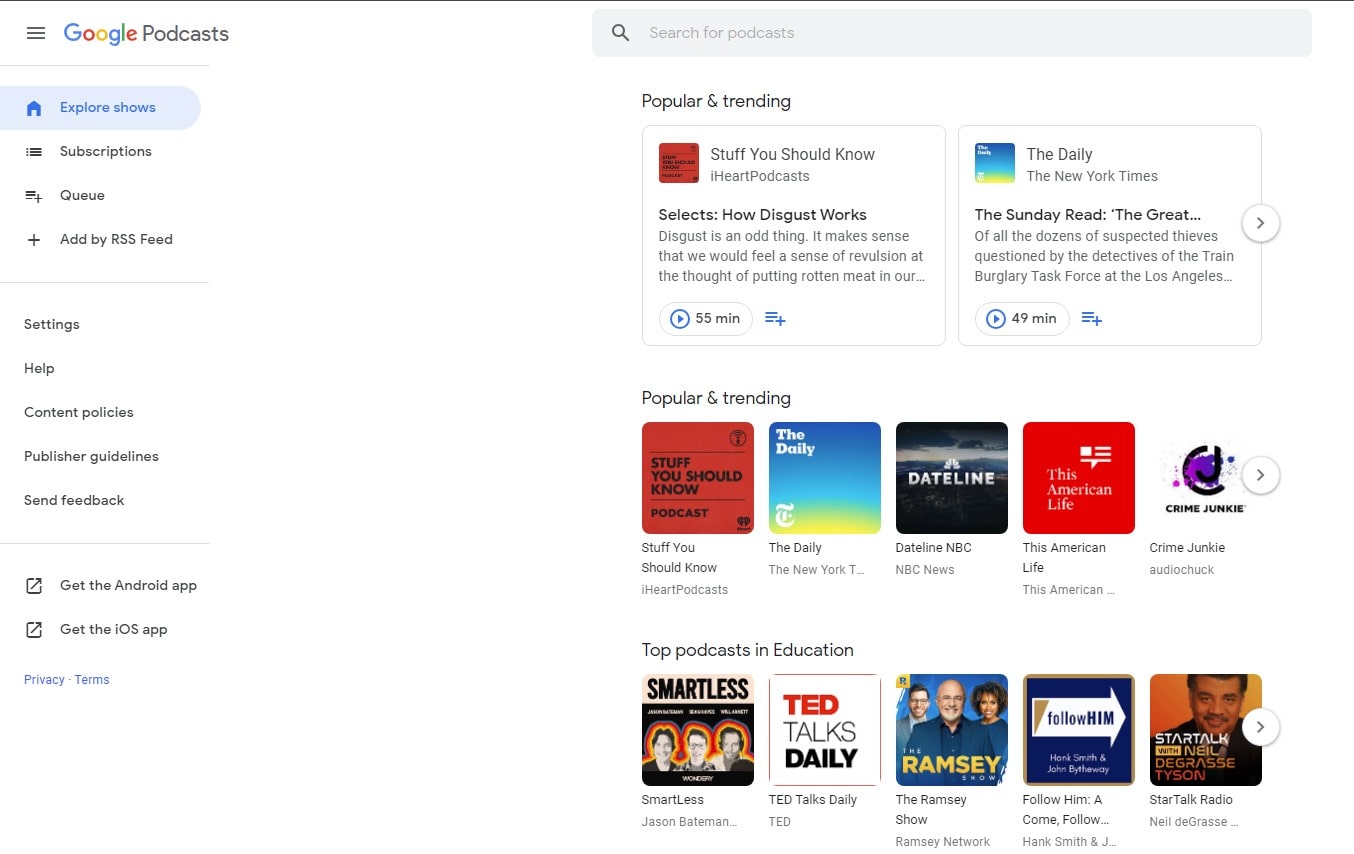
Imagine commuting to work, and instead of the usual radio tunes, you’re deep-diving into a podcast that’s both informative and entertaining. That’s the power of podcasts, a content medium whose popularity is skyrocketing. With their ability to engage audiences through storytelling and in-depth discussions, podcasts quickly become a staple in content marketing strategies.
Live Podcasting Trends
Live podcasting is emerging as a dynamic way to engage with audiences in real time. This format allows for interactive elements like live questions, instant feedback, and spontaneous discussions, creating a more engaging listener experience. According to Edison Research, live podcasting is not just a trend but an evolving broadcast medium, making podcasts more relatable and authentic.
Podcasts as Educational Tools
Educational podcasts are gaining traction as they offer value-packed content in an easily digestible format. Whether it’s a deep dive into industry trends or tips and tricks, these podcasts position brands as thought leaders in their field. The Content Marketing Institute highlights how educational podcasts can enhance brand reputation and authority, making them a vital tool in any marketer’s arsenal.
The increasing demand for podcasts reflects consumer preferences shifting towards more engaging, versatile, and informative content formats. As this trend continues to grow, it opens up new avenues for marketers to connect with their audiences on a deeper level. By incorporating podcasts into their content strategy, brands can effectively enhance their outreach and engagement, resonating with audiences uniquely personally.
Embracing Short-Form Video Content

How do you make people stop and watch in a world where everyone’s scrolling? The answer lies in short-form video content. This rapidly growing trend captures the essence of modern content consumption – quick, engaging, and straight to the point. It’s a format that fits perfectly into the busy lifestyles of today’s audience, offering bite-sized yet impactful messages.
Platforms and Trends
Platforms like TikTok, Instagram Reels, and YouTube Shorts are at the forefront of this revolution. They offer a creative space where marketers can craft compelling narratives in under a minute. These platforms are not just about entertainment; they’re powerful tools for brand storytelling and engagement. HubSpot reports that short-form videos have higher engagement rates than other content categories, making them essential to digital marketing.
Video SEO
Optimizing these short-form videos for search engines is crucial. Brands may boost visibility and reach by adding keywords in titles, descriptions, and hashtags. It’s also important to align video content with the brand’s overall SEO strategy to enhance discoverability. Forbes highlights the importance of video SEO to boost online presence and attract more viewers.
Short-form video content means adjusting to your audience’s changing tastes, not merely following a trend. These videos allow you to communicate with users in their preferred format, making your brand more relatable and approachable. In the fast-paced world of digital marketing, short-form videos are the key to capturing attention and making a lasting impression.
Voice Search Optimization

Ever asked your phone for the nearest coffee shop? Welcome to the world of voice search, which is rapidly expanding beyond simple commands. SEO strategy must include voice search optimization as smart speakers and voice assistants become ubiquitous. This shift represents a fundamental change in how people search and discover content online.
Understanding Voice Queries
Voice searches are conversational and often longer than typical text queries. They tend to be more specific and question-based, like asking a friend for advice. For instance, instead of typing ‘weather New York,’ one might ask, ‘What’s the weather like in New York today?’ Optimizing for these natural language patterns is crucial. Moz’s guide on voice search optimization emphasizes tailoring content to answer specific questions, mirroring how people naturally speak.
Voice SEO Strategies
Incorporating long-tail keywords that mimic spoken language is key to voice search optimization. Structuring content in an FAQ format effectively addresses these conversational queries. Moreover, improving local SEO is essential, as many voice searches are local. For example, Google My Business listings should be optimized for local searches, as detailed in a Search Engine Journal article. This involves ensuring NAP (Name, Address, Phone Number) consistency across listings and adding relevant local keywords.
As the world becomes more vocal, so must our SEO strategies. Voice search optimization is not about reinventing content but adapting it to the evolving ways people seek information. By understanding and implementing voice SEO, brands can ensure they’re heard and found in this new vocal digital landscape.
Leveraging Memes and Relatable Content
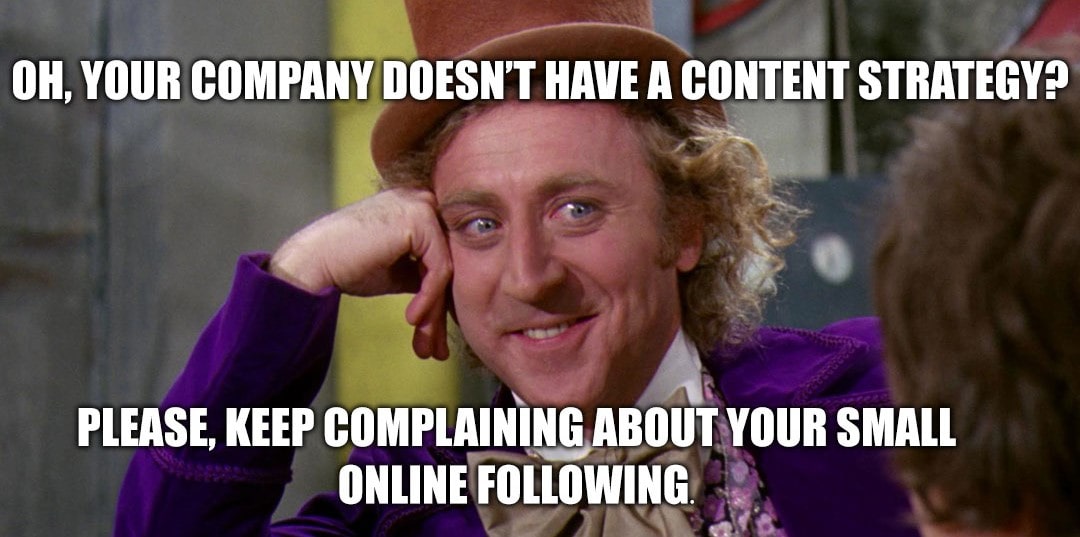
What makes an audience pause and smile in a digital world overflowing with content? Often, it’s a clever meme or a slice of relatable content. These are the unspoken heroes of modern marketing, forging connections through humor and shared experiences. As the landscape of content shifts towards authenticity and engagement, leveraging memes and relatable content becomes not just fun but strategically smart.
The Power of Memes
Web memes are the internet’s language, conveying complicated topics through humor and sarcasm. They’re incredibly shareable, often going viral, thus amplifying brand reach. The trick is to align the meme’s message with your brand’s voice and audience’s interests. Take the example of Denny’s Diner’s Twitter account; their adept use of relatable humor and timely memes have made them a social media sensation, as noted by Sprout Social.
Creating Relatable Content
Relatable content goes beyond memes. It’s about creating posts, stories, and videos that reflect your audience’s daily experiences and emotions. This content resonates because it feels personal and genuine. A great example is Dove’s Real Beauty campaign, which connects with women by depicting diverse, realistic beauty standards. Harvard Business Review highlights how such campaigns can strengthen emotional connections with customers.
Leveraging memes and relatable content is about striking a chord with your audience. It’s an opportunity to show your brand’s human side, engage in cultural dialogue, and build a community around shared values and humor. In the fast-paced content stream, these moments can make your brand memorable and endearing.
Niche Content for Targeted Audiences

How do you ensure your message is noticed in the vast ocean of online content? The answer lies in creating niche content tailored for specific, targeted audiences. By focusing on a distinct segment, your content can resonate more deeply, establishing a stronger connection and brand loyalty.
Identifying Your Niche
The first step is understanding who your audience truly is. This involves deep market research to identify unique interests, pain points, and preferences. Tools like Google Analytics provide insights into audience demographics and behavior, helping tailor content that fits their needs. For example, a tech company might find a niche in creating detailed guides for advanced users, offering them value that general tech content can’t match.
Creating Niche Content
Once your niche is identified, creating content that speaks directly to this group is the next step. This might mean using specific jargon, referencing niche-specific scenarios, or focusing on topics with a narrow but dedicated audience. According to Content Marketing Institute, niche content improves engagement and boosts search engine rankings due to its targeted nature.
Niche content marketing is about precision rather than breadth. It’s about finding a corner of the market where your content can be king, appealing directly to the needs and interests of a well-defined audience. In the crowded world of content, this focus can help your message stand out, resonate, and drive meaningful engagement.
User-generated content in E-commerce
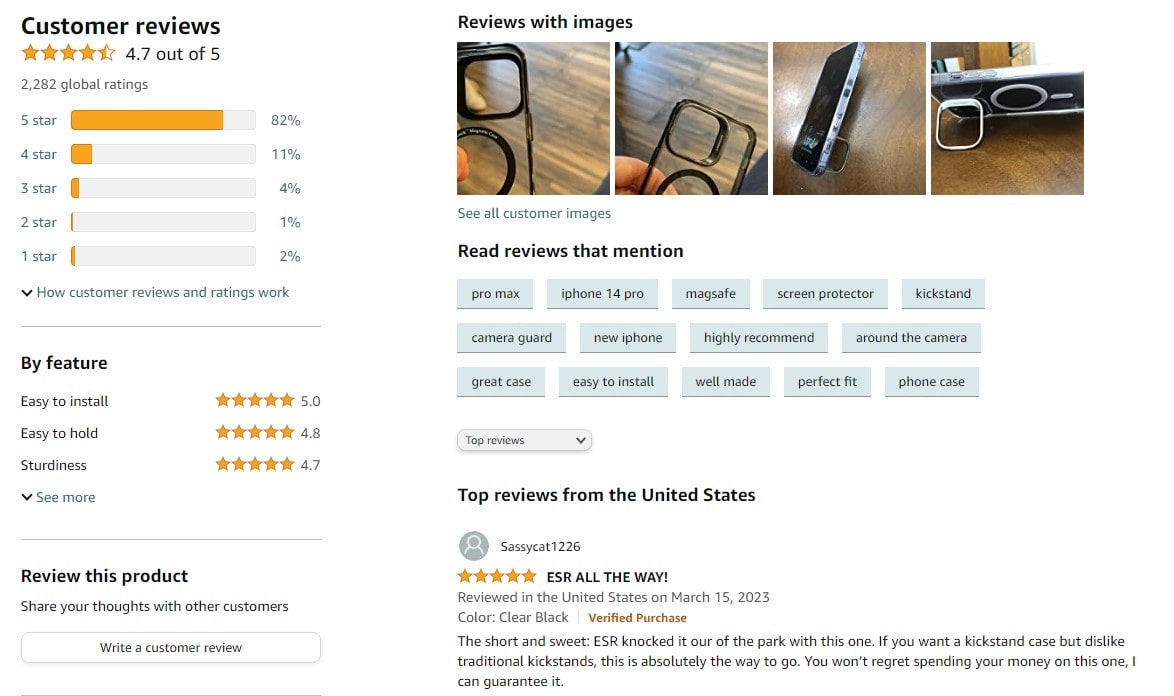
How can you differentiate your brand in the competitive world of e-commerce? The answer could be right in your customers’ hands. E-commerce firms may use UGC to transform customers into ambassadors and content creators.
Encouraging UGC
The key to harnessing UGC is encouraging your customers to share their experiences. This can be through reviews, photos, videos, or social media posts. A simple yet effective way is to create a hashtag campaign that invites customers to share their product experiences. According to a study by Adweek, UGC campaigns can increase engagement and create a more authentic brand image.
Leveraging UGC
Once you have UGC, the next step is strategically using it in your marketing. Feature customer reviews on product pages, share user-submitted photos on social media, or create a community gallery on your website. These tactics enhance credibility and build a sense of community around your brand. Shopify highlights how UGC can improve conversion rates by providing real-life proof of customer satisfaction.
UGC in e-commerce is more than just a marketing gimmick; it’s a strategy to build trust, authenticity, and community. By showcasing real customers and their experiences, brands can create more relatable and engaging content that resonates with potential buyers. In an online world where trust is paramount, UGC offers a way to connect with customers personally, turning every satisfied customer into a potential brand advocate.
The Role of Strategic Topic Clusters
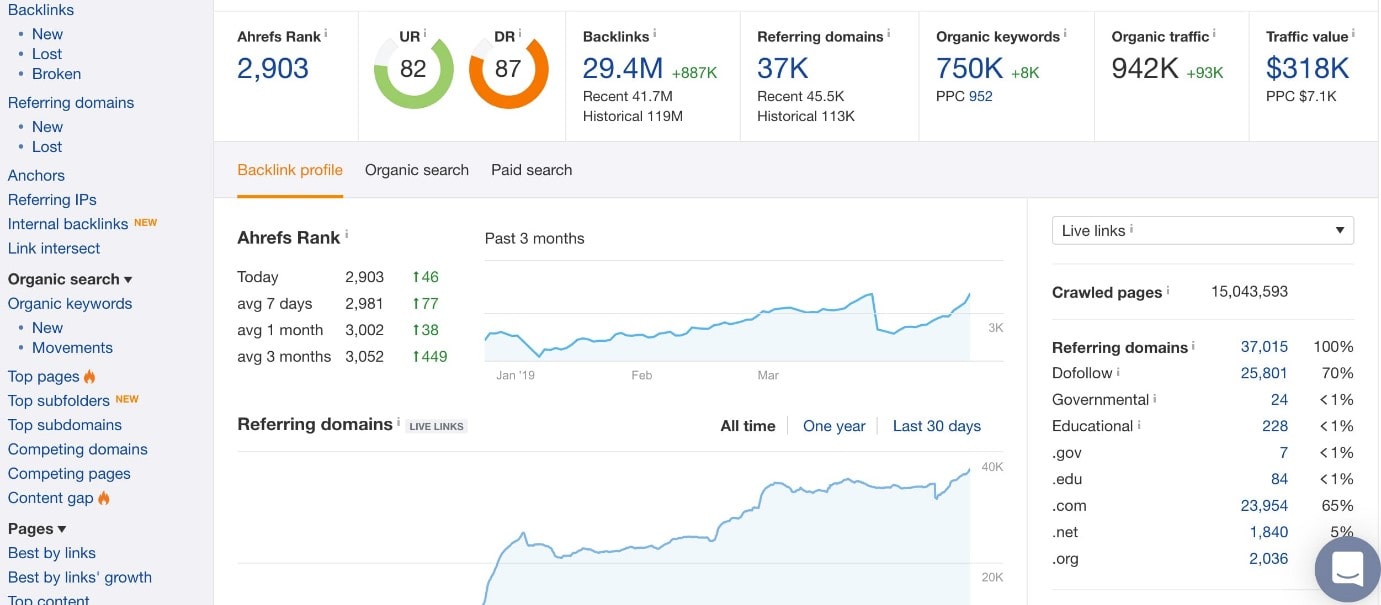
In the ever-evolving world of SEO, how do you ensure your content reaches its audience and holds their attention? Enter the strategic use of topic clusters, transforming how content is structured and interlinked on websites and boosting user experience and SEO rankings.
Creating Topic Clusters
Topic clusters revolve around creating a comprehensive ‘pillar’ content piece that provides an overview of a broad topic linked to more specific ‘cluster’ content pieces. This method simplifies content organization for search engines to crawl and index. HubSpot, a pioneer in using topic clusters, demonstrates how this approach can significantly improve site authority and relevance for specific topics.
Benefits for SEO
Strategically structuring content into clusters enhances user experience and bolsters SEO efforts. Links between relevant articles show search engines that your site is an expert on a topic, potentially improving ranks. Moz’s research on topic clusters indicates that this approach can lead to higher visibility and more organic traffic, as it aligns with search engines’ preference for topic relevance and authority.
The role of strategic topic clusters must be balanced in today’s content marketing landscape. By organizing content around key themes, providing in-depth coverage, and improving site navigation, you cater to your audience’s needs and align with search engines’ evolving algorithms. Embracing this approach can set your content apart, making your website a go-to resource in your field.
Integration of Augmented Reality in Content Marketing
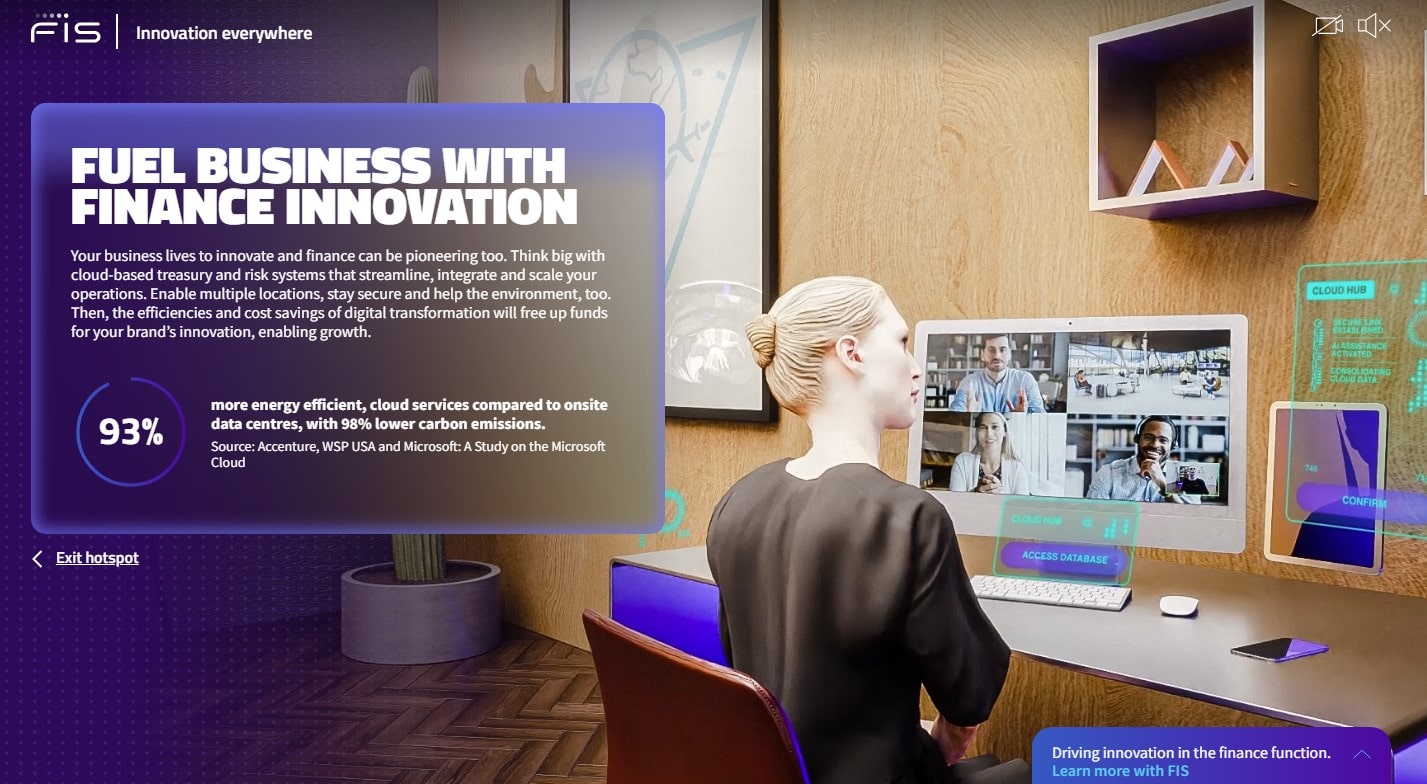
How do you make your kingdom stand out in a digital age where content is king? AR in content marketing is not simply a trend; it is a revolutionary technique to engage users with immersive experiences that traditional content can not match. AR is transforming content marketing, taking user engagement and interactivity to a new level.
AR in Interactive Advertising
Augmented Reality is redefining advertising by creating interactive and engaging ads. Imagine pointing your phone at a magazine ad and watching it come to life, displaying a 3D model of a product. This interactive experience captivates users and provides a deeper understanding of the product. According to Forbes, AR ads significantly increase user engagement and retention rates compared to traditional ads.
Enhancing User Experience with AR
AR is not just about advertising; it’s about enhancing the overall user experience. For instance, AR can be used in educational content, providing interactive and immersive learning experiences. Retailers use AR to let customers ‘try before they buy,’ whether visualizing furniture in their homes or trying on clothes virtually, as seen in IKEA’s AR app.
Integrating AR into content marketing is more than just following a trend. It’s about offering an innovative, interactive experience that captures the audience’s attention in a crowded digital landscape. As AR technology becomes more accessible, its integration into content marketing strategies will become advantageous and essential for brands looking to make a lasting impression in the minds of their consumers.
Conclusion
As we’ve journeyed through the latest trends in content marketing, it’s clear that staying ahead means embracing innovation and understanding your audience. From AI-driven content to the immersive world of AR, these strategies are not just about keeping pace but setting the pace. But remember, this is just the tip of the iceberg. For more insights and cutting-edge strategies, keep exploring Plerdy’s blog, where we continuously unravel the secrets of digital marketing success. Want to elevate your content strategy and see real results? Discover how Plerdy’s comprehensive tools can transform your approach to digital marketing, making every piece of content count.
